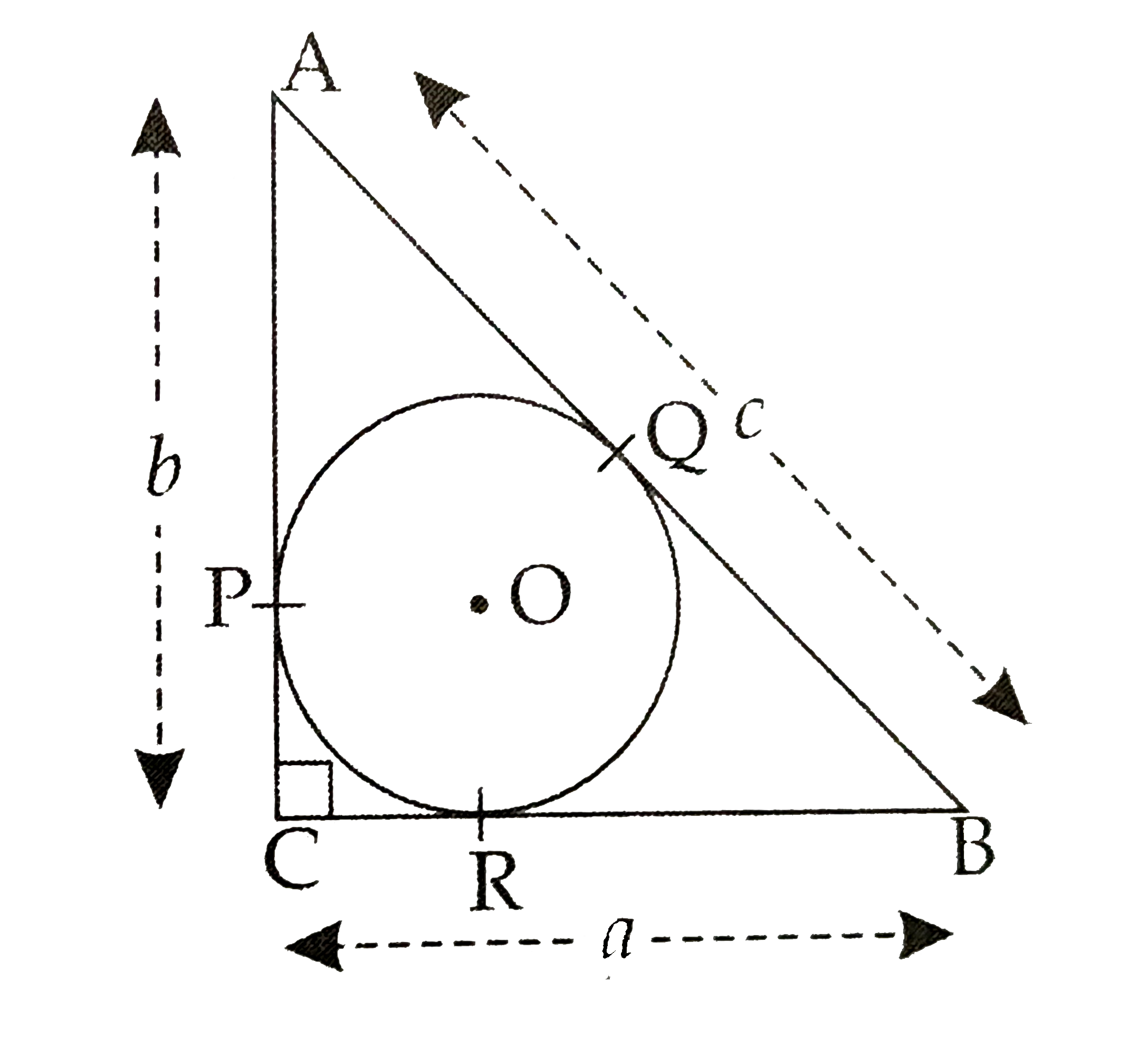Do the points joining L(6,4), M(-5,-3) and N(-6,8) from a
triangle ? Mention the type of triangle so formed . Solution in Tamil
The correct Answer is:It is a scalene triangle as none of the sides of triangle are equal.
Step by step video, text & image solution for Do the points joining L(6,4), M(-5,-3) and N(-6,8) from a triangle ? Mention the type of triangle so formed . by Maths experts to help you in doubts & scoring excellent marks in Class 10 exams.
Updated on:21/07/2023Topper's Solved these Questions
- CO-ORDINATE GEOMETRY BOOK - CHETAN PUBLICATIONCHAPTER - CO-ORDINATE GEOMETRY EXERCISE - PROBLEM SET - 5 (MCQs)
4 Videos
- CO-ORDINATE GEOMETRY BOOK - CHETAN PUBLICATIONCHAPTER - CO-ORDINATE GEOMETRY EXERCISE - PROBLEM SET - 5 (Addutonal MCQs)
10 Videos
- CO-ORDINATE GEOMETRY BOOK - CHETAN PUBLICATIONCHAPTER - CO-ORDINATE GEOMETRY EXERCISE - MASTER KEY QUESTION SET -5 (Practice Set - 5.3)
18 Videos
- CIRCLEBOOK - CHETAN PUBLICATIONCHAPTER - CIRCLEEXERCISE - Assignment - 3 (Solve any two of the following questions):
3 Videos
- FINANCIAL PLANNINGBOOK - CHETAN PUBLICATIONCHAPTER - FINANCIAL PLANNINGEXERCISE - ASSIGNMENT-4
16 Videos
Similar Questions
Seg AB is parallel to Y-axis and Co-ordinates of point A are (1,3) then co-ordinates of point B can be ………….. A)(3,1) B)(5,3) C)(3,0) D)(1,−3)
View SolutionFind the slope of the line with inclination 60∘.
View SolutionFind the slope of the lines whose iclination is given :
(i)45∘ (ii)60∘ (iii)120∘
View SolutionA circle with centre 'O' is incircle of ΔABC.ΔBCA=90∘ . Radius of the circle is r.
Prove that : 2r = a + b - c.

View SolutionChoose correct alternative for each of the following questions:
(1) Rate of GST on essential commodities is ……..
View SolutionDo the points (3,2), (−2,−3) and (2,3) form a triangle? If so, name the type of triangle formed.
View SolutionIf the direction cosines of a variable line in two adjacent points be l,M,n and l+delta l,m+delta m+n+delta n the small angle delta theta as between the two positions is given by
View SolutionDo the points A(3, 2), B(−2, −3) and C(2, 3) form a triangle? If so, name the type of triangle formed.
View SolutionDo the points joining L(6,4), M(-5,-3) and N(-6,8) from a
triangle ? Mention the type of triangle so formed .
View SolutionIn the following example, can the segment joining the given points form a triangle ? If triangle is formed, state the type of the triangle considering sides of the triangle :
L(6,4),M(−5,−3),N(−6,8)
View SolutionDo the line segments joining the points (−6,2),(−2,−2)and(1,1) form a triangle ? If so name the type of triangle so formed
View SolutionWrite the type of triangle formed by joining the midpoints of the sides of an equilateral triangle.
View SolutionProve that the triangle formed by joining the points
( 2 , 3 , - 1) , ( 4 , 5 , 0) , ( 2 , 6 , 2) is and isosceles triangle .
View SolutionFor the reaction
5Br(aq)+BrO−3(aq)+6H+(aq)→3Br3(aq)+3H2O(l)
If, −Δ[Br]Δt=0.05molL−1min−1,−Δ[BrO3]Δt∈molL−1min−1is
View SolutionThe sides of a triangle are 3 cm, 4 cm and 5 m . The area (in cm2) of the triangle formed by joining the mid points of this triangle is :
View SolutionDo the points (3, 2), (−2, −3) and (2, 3)form a triangle? If so, name the type of triangle formed.
View Solution
